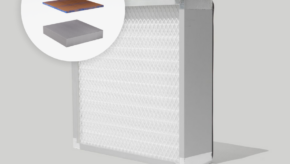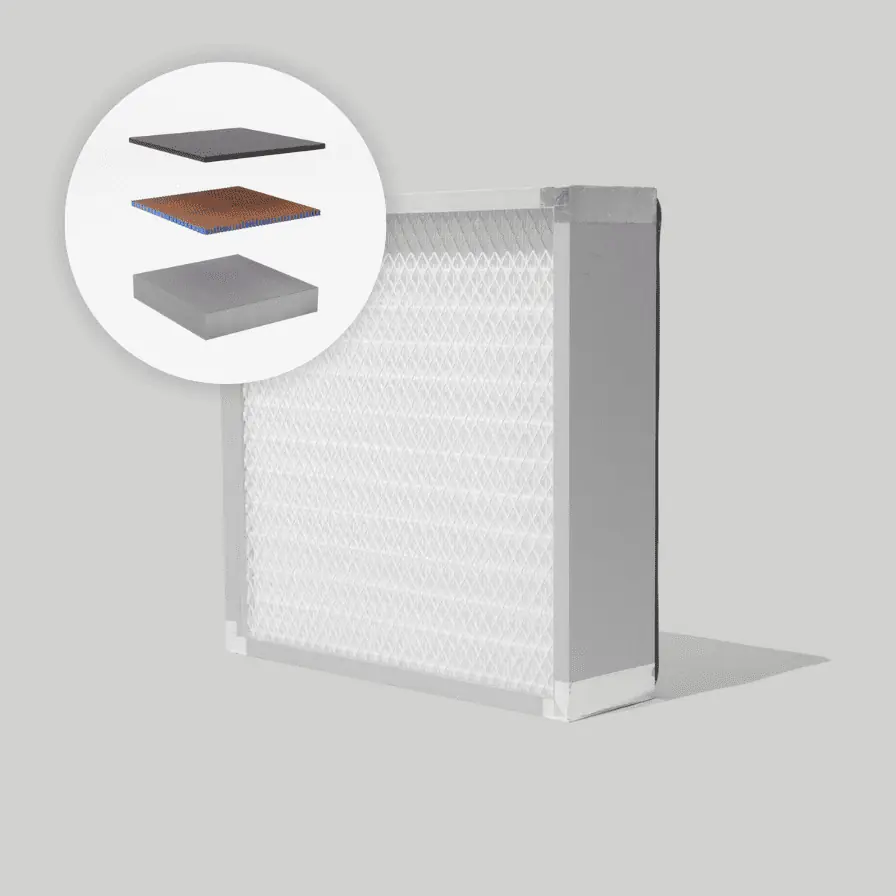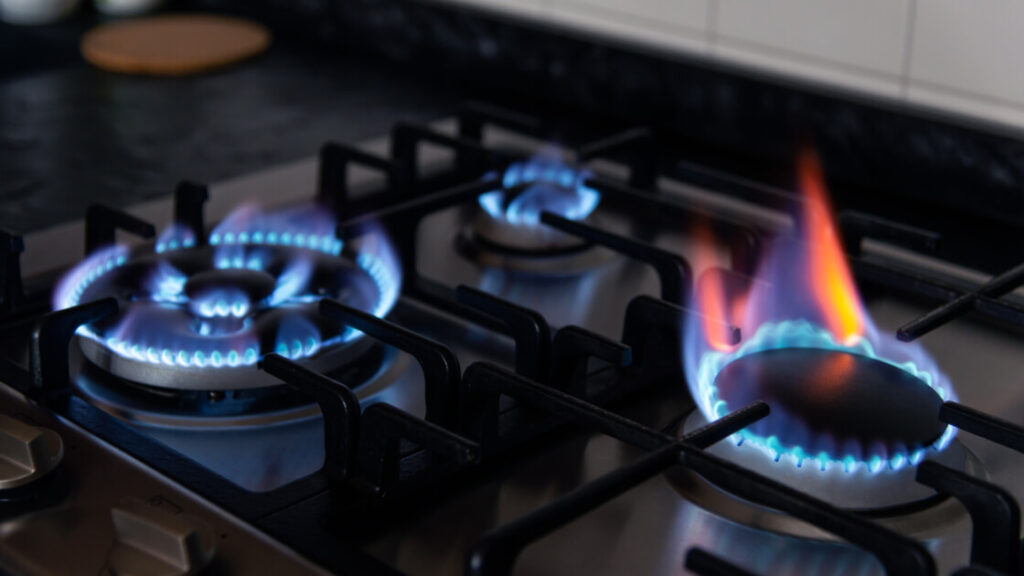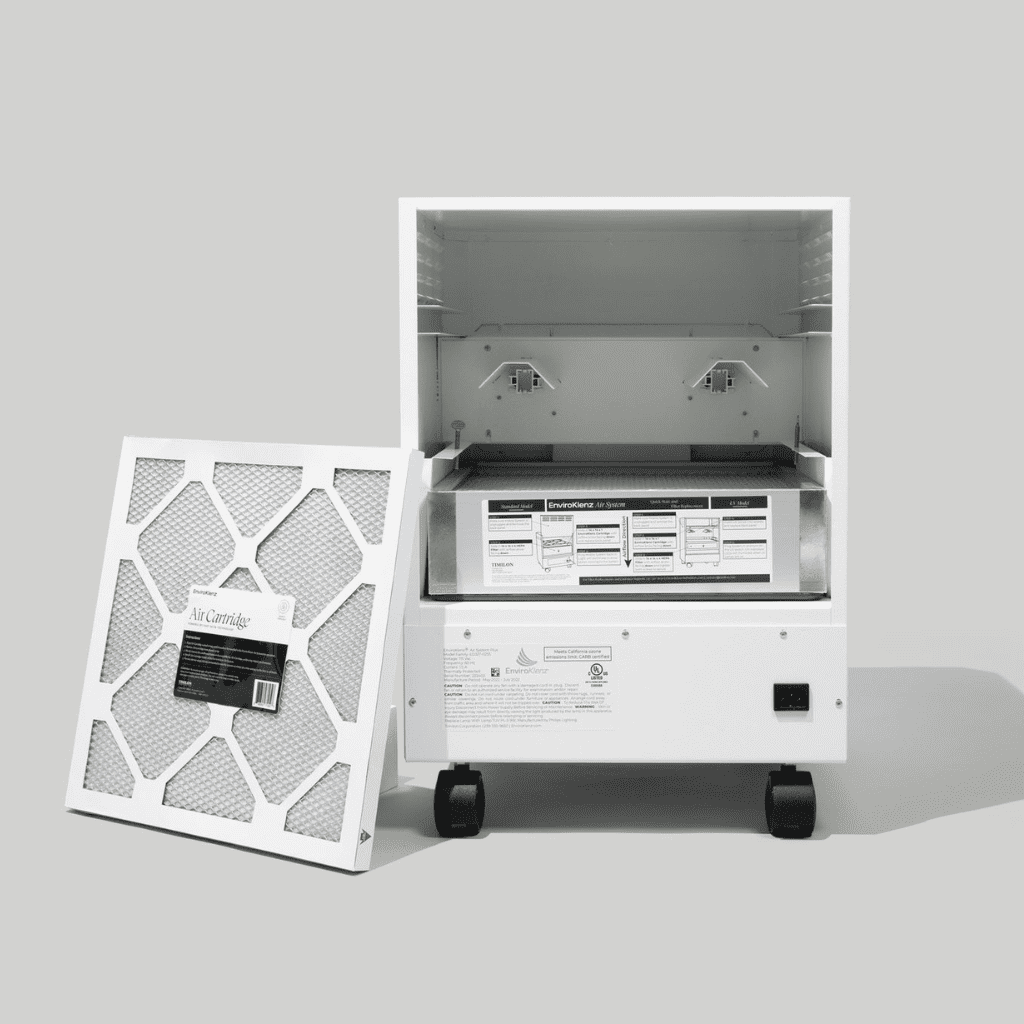When you cook dinner in your home on the stovetop you may have started to notice that every time the stove is turned on the air in your home becomes tainted with gases that will create an effect in the environment and in the health of those exposed to these released chemicals in the air. Indoor air pollution is a major concern, especially as more and more Americans and other individuals across the world shelter-in-place in their home during the global pandemic [COVID-19] that is occurring throughout the world. Families with young children and older adults in the environment are becoming increasingly more concerned about IAQ (Indoor Air Quality) since exposure in this environment has steadily progressed, with excessive amounts of time inside. There can be a number of sources in a home that can create indoor air pollution and one of these sources could be the gas stove that you use almost each and every day.
According to Energy Live News, Barbara Gottlieb, the Environment & health director for Physicians for Social Responsibility stated the following; “ As health professionals, we are worried by the risks from gas stoves since even small increases in nitrogen dioxide levels in homes can lead to an increase in asthma risks in children exposed to this chemical pollutant.” Unfortunately, natural gas and propane, in particular, can release dangerous chemicals such as carbon monoxide, formaldehyde and other harmful pollutants into the air that can be toxic to people and pets indoors. Thus, what can you do to protect against and combat these pollutants as they are released from your stove when you cook, and should you look into a safer alternative heat source for your home?
In this article we are going to learn more about the potential dangers of cooking with a gas stove in your home, what pollutants they release into the indoor air, and how best to test the residential air and clean the air of these released airborne pollutants from your gas stove.
Cooking Hazards
Did you know a gas burner is almost always producing significant quantities of nitrogen dioxide, a respiratory irritant into the air? According to Stanford Medicine, a gas stove can produce a plethora of pollutants into the air such as nitrogen dioxide, as well as carbon monoxide into the air which can be potentially hazardous to the IAQ and the health of those occupants exposed to these airborne pollutants. The hazardous effects from using gas stove tops when cooking can depend on various factors such as the configuration of the burners, the size of the home or apartment, and the ventilation and air flow in this indoor space.
It may come as a surprise, but when many people cook, they will not use proper ventilation above the stove top. Range hoods are one of the most effective ways to properly ventilate while cooking on a gas stove top. The range hood will actually work to move air out of the kitchen, and when used with an exhaust fan it will help to mitigate the pollutants created from the stove top during heating. Additionally, it is important to use a hood vent regularly as you cook to properly pushed contaminated air out of the environment.
Gas vs Electric Stove Health
The decision to choose between a gas or electric stove for your home can be a challenging task, as they both have pros and cons when it comes to how they cook, the energy usage, and ultimately the pollutant levels that they will emit into the air that can taint the IAQ in your home. Gas has recently become a highly desired type of stove because of its ability to cook food quicker and the operating cost of gas stoves has been found to be cheaper than electric stoves. However, when it comes to the health of occupants of a home when exposed to these different types of stoves, gas stoves were found to add a range of chemical compounds into the air that will pollute the indoor air quality of the environment.
According to the Environmental Health Perspectives (EHP), natural gas cooking appliances are used by a third of U.S. households, and it was found to contribute to poor indoor air quality. Gas stoves will release chemicals into the air that will include nitrogen dioxide (NO2), carbon monoxide (CO), and formaldehyde (HCHO), and all of these chemicals can exacerbate various health effects and ailments when exposure occurs. Whereas an electric stove will also produce pollutants into the air as food waste and debris are burned while cooking, however, in comparison to the pollutant levels created by gas stoves the differences are drastic.
Gas Stove Safety
Safety is of the utmost concern when it comes to using stoves in a home, as it has the potential to start a fire, create toxic fumes in the air, and pollute the indoor air quality (IAQ). There are a variety of different types of stoves that can be used in a home such as electric, gas, and even induction stoves that can be used as a heat source in a home. However, the most prevalently used stove tops today is the gas stove – although there are major safety risks involved with the use of this stove. A gas stove can present potentially hazardous problems inside a home, especially when they are not properly installed or maintained.
Similar to most stoves, they will come with excellent safety features, but this does not mean that problems won’t occur such as leak poisonous, flammable or explosive fumes. A gas stove can also have problems with the pilot light that will release carbon monoxide (CO) into the home, which can be a dangerous chemical in the air that can affect a person’s health. Thus, it is important to have your stove checked once a year by a qualified service technician to ensure that it isn’t leaking toxic gas fumes into the air, as well as be sure to purchase a stove that contains the American Gas Association’s Blue Star Certification that demonstrates its met stringent safety standards to be sold to consumers.
What Do Gas Stoves Emit?
As we have discussed throughout this article, the main pollutants that gas stoves are known to emit into the indoor air includes nitrogen dioxide (NO2), carbon monoxide (CO), and formaldehyde (HCHO). According to Healthy Indoors, the EHP published research from Lawrence Berkeley National Laboratory and Stanford University based on a simulation model that they conducted to estimate gas stove emission and exposure for household occupants. They found that gas burners were estimated to add anywhere between 25-33% to the week averaged indoor NO2 concentrations during summer and 35-39% in winter.
Additionally, this publish research found that based on the modeling that an estimated 1.7 million Californians could be exposed to CO levels that exceed standards for ambient air, and 12 million could be exposed to excessive NO2 levels if they don’t have ventilation range hoods. When these chemicals and pollutants are present in the air, one of the first signs that these chemical pollutants are in the indoor air of your home is adverse health effects – such as respiratory problems and exacerbating asthma symptoms. Ultimately these health problems and symptoms will take place upon inhalation or ingestion of these chemical pollutants in the human body – and depending on the individual and their health standing the symptoms could be severe.
How Much CO2 Does A Gas Stove Emit?
Carbon dioxide (CO2) is one of the most threatening indoor air pollutants that are produced from gas stove tops. This colorless, odorless, tasteless gas is known to be poisonous in relatively low concentrations and consists of one atom of carbon and one atom of oxygen, according to Iowa State University. The Department of Agricultural and Biosystems Engineering at Iowa State University found that 51 percent of kitchen ranges tested raised CO concentrations in the room above the EPA standard of 9 ppm (parts per million), and 5 percent had carbon monoxide levels above 200 ppm.
When carbon monoxide is produced and emitted from kitchen ranges, this is the most common reason behind elevated concentrations of carbon monoxide in a home. Additionally, carbon dioxide is a nontoxic gas produced during complete combustion in a kitchen. When the CO2 levels are present in a home at higher concentrations it can lead to health effects like drowsiness, headaches, and a stuffy feeling in the indoor space. Lastly, it can cause excess water vapor in the home that can create other problems in the home like mold growth, wood rot, and even peeling paint.
How to Conduct Residential Air Quality Testing
Monitoring your indoor air quality inside your home for different airborne pollutants such as carbon monoxide can help you to stay vigilant in monitoring the different levels of pollutants in the air. Indoor air quality tests can be conducted to provide you with the results of the different pollutants present in the air including carbon monoxide. These tests for indoor air quality can be extensive and will potentially be both time consuming and expensive, therefore there are better options that you can implement into your home rather than performing these indoor air quality tests.
The easiest way to get an accurate reading of the level of carbon monoxide emissions in your home is by using a carbon monoxide detector. Many buildings actually require a carbon monoxide gas detector inside the building to ensure that levels are monitored in this space. These devices work as a layer of protection in the areas of your home where people risk exposure to carbon monoxide and when these levels become elevated it will alarm you of this hazardous level of carbon monoxide emission in the home.
Also, having an indoor air quality monitor to measure other pollutants in the air like VOCs, humidity and temperature will also be important as gas stoves can influence these conditions in your home. Airthings Wave Mini is small in size but big in impact. This indoor air quality monitor is the first step into understanding your indoor air quality, or a great addition to your existing Airthings air quality ecosystem. Featuring TVOCs, temperature, and humidity sensors. The Total VOC sensor monitors toxins and chemicals in your air that can cause negative health effects. VOCs are emitted from everyday household items such as toys and plastic products. These unhealthy chemicals can also be emitted from cleaning products, furniture and flooring. A VOC detector is key to ensure the optimal health and comfort levels of every room.
Do Air Purifiers Remove Gases?
After you use your home’s stove you will be exposed to a plethora of chemicals, gases, and pollutants in the air that will lead to poor IAQ. Whether it be carbon monoxide, carbon dioxide, or the various VOCs that are released from the stove, you will want to have the peace of mind that you have a protective solution in place that will help to mitigate some of these contaminants, particularly the VOCs like formaldehyde.
The EnviroKlenz Air Purifier is a top-of-the-line air purifier for noxious odor removal. EnviroKlenz accomplished this noxious odor removal by using a patented earth mineral technology that works through adsorptive neutralization to completely break down and/or eliminate the odorous compounds on the filter media of the technology in the air purifier. This technology is housed in the EnviroKlenz Air Cartridge, which acts as the first stage filtration in the EnviroKlenz Air Purifier to remove noxious chemical and odorous compounds from the indoor air. The second stage filtration is a hospital-grade HEPA filter that effectively works to capture particulate matter larger than 0.3 microns in size at a 99.99 percent efficiency. These two stages of filtration work together to combat air pollutants traveling in the indoor air and work to maintain and improve indoor air quality in the home safely.
Article Sources:
- Energy Live News: Gas Stoves Could Be Exposing Tens of Millions in US to Indoor Air Pollution (link)
- Stanford Medicine: Use Your Range Hood for A Healthier Home, Advises Indoor Air Quality Researcher (link)
- Environmental Health Perspectives (EHP): Cooking Up Indoor Air Pollution: Emissions from Natural Gas Stoves (link)
- Iowa State University: Carbon Monoxide Poisoning: Gas-Fired Kitchen Ranges (AEN-205) (link)









